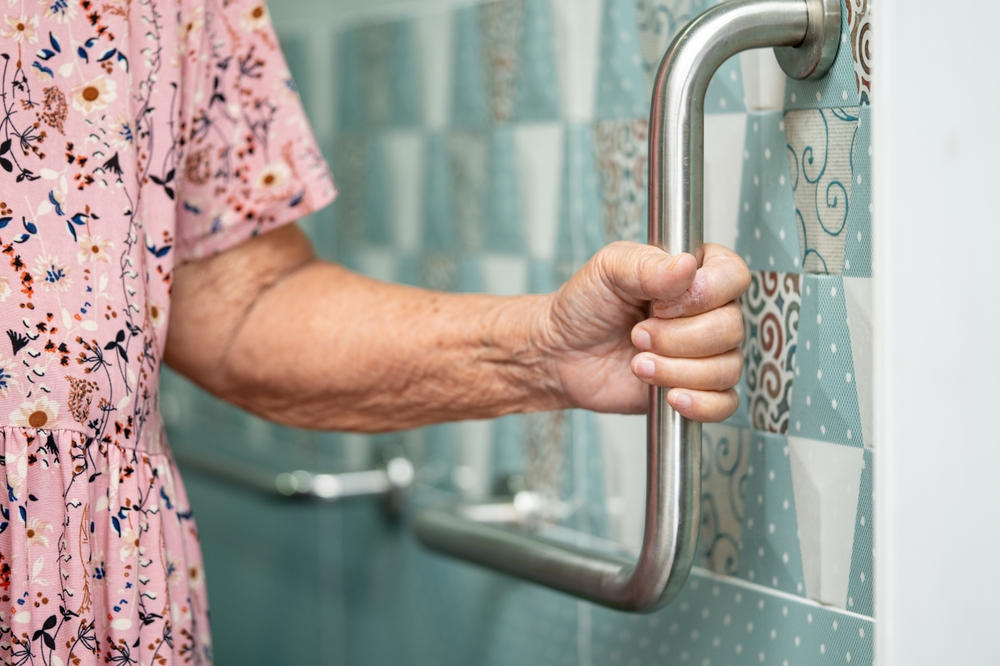The growing concern for the safety of seniors, especially those with limited financial resources, has led to a surge in interest around fall detection systems for low income seniors. As we delve into the importance of these systems, it’s essential to understand how they not only provide security but also peace of mind for both seniors and their families.

Understanding the Importance of Fall Detection
Falls are a leading cause of injury among seniors. For those on a tight budget, the repercussions can be even more severe, with limited access to healthcare and support. This makes fall detection systems an invaluable tool in preventing injuries and ensuring prompt assistance.
What Are Fall Detection Systems?
These systems are designed to automatically detect when a fall occurs and alert emergency services or family members. They come in various forms, from wearable devices to home-based sensors.
Why Are They Crucial for Low Income Seniors?
For seniors living on a limited income, the cost of a fall can be devastating. Not only are there medical expenses, but also potential long-term care costs if the injury is severe. Fall detection systems provide early intervention, reducing the risk of severe injury and associated costs.
Types of Fall Detection Systems
Wearable Devices
Wearable devices are perhaps the most common form of fall detection. They are often worn as pendants or bracelets and use accelerometers to detect falls. When a fall is detected, the device sends an alert to a designated contact or emergency service.
Smart Home Sensors
These systems use sensors placed throughout the home to monitor movement patterns. If a fall is detected, the system can alert emergency contacts. This type of system is ideal for seniors who may not want to wear a device.
Mobile Phone Apps
Some smartphones now come equipped with fall detection capabilities. These apps use the phones built-in sensors to detect falls and can send alerts to emergency contacts. This option can be cost-effective for seniors who already own a smartphone.
Choosing the Right System for Your Needs
When selecting a fall detection system, it’s important to consider factors such as ease of use, cost, and reliability. Seniors and their families should assess their specific needs and choose a system that provides the best coverage and peace of mind.
Cost Considerations
For low income seniors, cost is a significant factor. Fortunately, there are affordable options available, and some organizations may offer financial assistance or discounted rates.
Ease of Use
The system should be easy for the senior to use and understand. Complicated systems can be frustrating and may not be used consistently.
Reliability and Coverage
It’s crucial that the system reliably detects falls and provides adequate coverage in the areas where the senior spends most of their time.
Benefits Beyond Safety
While the primary goal of fall detection systems is safety, they offer additional benefits. They can help seniors maintain their independence and provide family members with peace of mind, knowing their loved one is protected.
Maintaining Independence
Many seniors value their independence and wish to remain in their own homes. Fall detection systems support this desire by allowing seniors to live safely on their own.
Peace of Mind for Families
For families, knowing that their loved one has a safety net in place can alleviate stress and worry. They can feel confident that help is available if needed.
Challenges and Considerations
Despite the benefits, there are challenges to implementing fall detection systems, particularly for low income seniors. Access to technology and understanding how to use it can be barriers.
Access to Technology
Not all seniors have access to the latest technology or the internet, which can limit their options. Community programs and services may be able to assist in providing necessary resources.
Education and Training
Ensuring that seniors understand how to use their fall detection system is crucial. Families and caregivers should provide support and training to help seniors feel comfortable with the technology.
Conclusion
Fall detection systems for low income seniors are an essential tool in promoting safety and independence. By understanding the options available and selecting a system that meets their needs, seniors and their families can enjoy greater peace of mind.
For more information on how technology is transforming elderly care, visit our article on Smart Elderly Care Solutions.

FAQs
What are the costs associated with fall detection systems?
The costs can vary widely depending on the type of system. Some basic systems may cost under $50, while more advanced systems can be several hundred dollars. Financial assistance may be available from certain organizations.
Can fall detection systems be used outside the home?
Yes, many wearable devices and mobile apps are designed to work both inside and outside the home, providing comprehensive coverage wherever the senior goes.
How do I know if a fall detection system is right for my loved one?
Consider their lifestyle, mobility, and any health conditions that may increase their risk of falling. Consulting with a healthcare professional can also provide guidance on the best options.
This article contains affiliate links. We may earn a commission at no extra cost to you.






